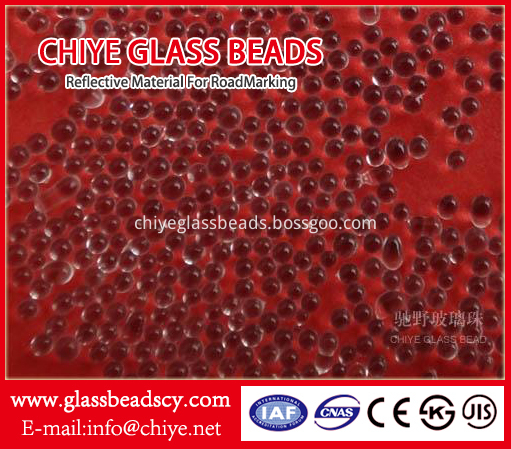The method of positive flotation is to add sodium hydroxide to the slurry for agitation and scrubbing to remove surface contaminants, de-sludge and wash, and then treat the following three methods: (1) first floating mica, spodumene float after the last floating feldspar. The steps are: 1) using a cationic floating mica in a weakly acidic medium; 2) The flotation tailings are concentrated to 50% solids, blended with an oleic acid collector and an alcohol foaming agent, and diluted to 17% solids, floating spodumene; 3) After treating the tailings of the suspended spodumene with hydrofluoric acid, a cation collector is used to float the feldspar. (2) First floating spodumene, after floating mica, then floating feldspar. The steps are: 1) The slurry is concentrated to 64% solids, stirred with oleic acid, sulfuric acid and a foaming agent, and diluted to 21% solids, floating spodumene; 2) Mica in the spodumene flotation tailings, which floats out with a cationic collector; 3) Mica flotation tailings plus hydrofluoric acid to activate feldspar, and add cationic collector float feldspar. (3) Hybrids and mica mixed flotation, and finally floating feldspar. The steps are: 1) adding sulfuric acid to the thick slurry, then adding an anionic collector, flotation mica and spodumene; 2) mixing the concentrate was stirred in an acidic medium, mica and iron containing minerals float, the product tank is spodumene; 3) Mixing the tailings after flotation, after treatment with hydrofluoric acid, using a cationic collector float feldspar. Flotation of spodumene can cite Blake, United States - Sears beneficiation plant, for example. The plant uses oleic acid as a collector to directly float spodumene. The process is shown in Figure 5-23. The ore contains 1.26% of Li20, 0.3kg/t of sodium hydroxide during grinding, and the mud is removed after grinding. Add 1 kg/t sodium hydroxide to the thick slurry (60% to 70% solids) after de-mudging, stir and scrub. 200 g/t oleic acid and 250 g/t naphthenic acid and a foaming agent were added before the rough selection. In Selected I and Selected II, water glass, silicone or foaming agent and lactic acid are added, and an appropriate amount of oleic acid is added. Through the second selection, Li92 4.92% lithium concentrate was obtained, and the recovery rate was 63.59%. The reverse flotation of spodumene is carried out in alkaline pulp, with dextrin, starch, etc. as inhibitors of spodumene, pine oil as foaming agent, flotation of quartz , feldspar and mica with amine cation collector The same gangue mineral, after the product in the tank is iron, it is spodumene. Anti-American Jenkins Hill concentrator flotation recovery of spodumene. Among the ores processed by the plant, useful minerals are spodumene, cassiterite and beryl, and a small amount of coltan , monazite and rutile. The gangue minerals are mica and quartz. The ore used in the ore dressing contains 15% to 38% of spodumene, 30% to 56% of feldspar, 22% to 72% of quartz and 3% to 5% of mica. During the flotation, the gangue minerals are first floated, and the mica, feldspar and quartz concentrates are sorted out from the gangue minerals that have emerged. The tailings after floating the gangue are then floated with iron minerals, and the products in the tank are lithium concentrates. The concentrate contains about 120% of lithium phossite, and the recovery rate is about 65% to 71%. This diameter of this series glass bead is two or three times bigger than regular beads. The surface part beyond paints is higher than regular beads; hence the reflectivity of road marking has been increased, especially in rainy, foggy areas.
The glass bead can be produced based on the standard of countries or areas, such as EN1423/1424, AASHTO M247, BS6088, JIS R3301 and KS L2521 etc.
Twinkling Big Glass Beads ,Reflection Twinkling Big Glass Beads,Twinkling Big Glass Beads Road Marking,Big Glass Beads For Highway Marking CHIYE GLASS BEAD (HEBEI) CO., LTD , https://www.chiyeglassbeads.com
The diameter is 850-1400mm (20-14mesh) with ≥80% of roundness. The special coating on the surface of glass bead can improve the adhesion between paint and glass beads, thus the longevity can be increased.

Lithium ore flotation method
Flotation spodumene flotation and reverse flotation has two options. Positive flotation is carried out in an acidic medium, so it is also called "acid method". It uses oleic acid and its soap as a collector to float spodumene into a foam product; reverse flotation is carried out in an alkaline medium, so it is also called "alkali method". It uses cations as a collector to float gangue minerals, and the product in the tank is a spodumene concentrate.